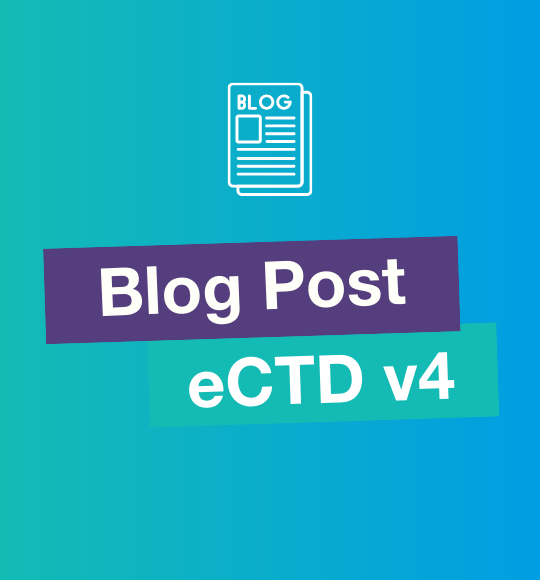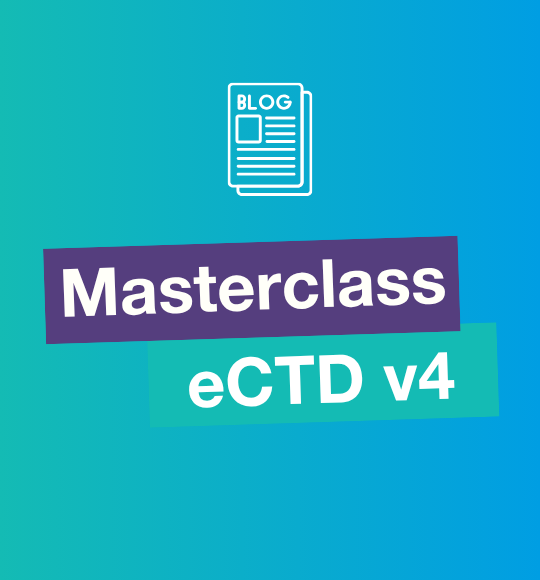I recently read an article that argued that the key to success was making your bed in the morning. While my covers typically remain defiantly scattered, I have a particular morning routine. Every day as I start my work, I run through my growing list of bookmarks to check for new guidance documents from the various agencies I cover. On October 4th, I found yet another section of the FDA’s website: the ICH Interdisciplinary guidance. That day the FDA released its version of the ICH M4 Granularity guidance, covering its thinking on granularity and keyword usage in eCTD 3.2 and 4.0. While there is some new information and guidance for eCTD 3.2, the most notable changes will come in eCTD 4.0.
eCTD 3.2 Submission Updates
The most significant change for eCTD 3.2 submissions is the removal of several low-level sections. Previously, sponsors could submit documents under sections 2.3.S.1 and 3.2.P.2.3. The new granularity document clarifies that it is no longer appropriate to submit documents under these headings. For a complete list, see the table below:
|
New Status |
Module 2 |
Module 3 |
|
Documents may not be submitted at this level |
2.3.S.1 – 2.3.S.7, 2.3.P.1 – 2.3.P.8 2.3.A.1 – 2.3.A.3 |
3.2.P.2.1 – 3.2.P.2.6 |
|
One or Multiple documents may now be submitted at this level |
|
3.2.P.4 |
Regarding the granularity update to 3.2.P.4, there is no further information in the eCTD 3.2. section of the guidance. In the annex for eCTD 4.0, the FDA discusses several situations and scenarios that may cause sponsors to submit documents at the level of the 3.2.P.4 section, at the lower 3.2.P.4.x level, or both. From our communications with the FDA, sponsor companies will also be able to take advantage of the new flexibility in eCTD 3.2.
eCTD 4.0 Submission Updates
There are several changes in the FDA’s approach to granularity as it applies to eCTD 4.0. The first is an expansion in the sections allowed to have document content. In eCTD 4.0, the FDA allows companies to submit documents at higher level sections in module 3, such as 3.2.P and 3.2.S. The intention is to provide a place for high-level documents that may apply to an entire team, such as an Overall Control Strategy Summary or a cross-reference to a Drug Master File. Sponsors will not be allowed to concatenate all of their 3.2.P or 3.2.S documents into a single document at these higher levels. Those documents should still be submitted in granular format at the appropriate sections.
The most notable change from previous thinking is the FDA’s stance on keyword usage in eCTD 4.0. In eCTD 3.2, most section-level metadata in Modules 2 and 3, such as substance and manufacturer, were filled in and required. According to the guidance, in eCTD 4.0, the keywords for these attributes should only be filled in if they add value to the review of the submission. The guidance specifically calls out the “manufacturer” attribute as not being necessary if multiple 3.2.S/3.2.P sections are not anticipated. It also notes that keywords used in section 2.3 do not need to match those used in 3.2.
As part of the guidance, the FDA states that sponsor companies can differentiate between different keywords by using the document title to specify which substance or manufacturer was being discussed. Alternatively, multiple other substances, manufacturers, etc., could be combined into a single document with separate headings or comparison tables.
The FDA hopes to reduce the number of attributes and sections used during review as part of its transition to eCTD 4.0. It is unclear how this will play with existing 3.2 submissions, as the current ICH eCTD 4.0 Implementation guide still states, “All existing values shall be provided regardless of keyword type.” The likeliest result is that submissions created in eCTD 3.2 will still have all those keywords present, but submissions created from the start in eCTD 4.0 would only use keywords as described. The table below gives a quick rundown of the FDA’s thinking on various 3.2 attributes and their use as keywords in eCTD 4.0 submissions.
|
Attribute/Keyword |
eCTD Sections |
Intention |
FDA Recommendations |
|
Substance |
2.3.S, 3.2.S |
“…distinguish different drug substances found in drug products containing multiple drug substances or for different drug products that are co-packaged” |
n international non-proprietary name (INN) is recommended for this keyword. Long INN names may be shortened. Consider the inclusion of any moiety to distinguish between different saltforms that can be used in different dosage forms. If an INN is not available, a company code will suffice” |
|
Manufacturer |
2.3.S, 2.3.P, 3.2.S, 3.2.P |
“…facilitate lifecycle management where there might be different manufacturers (e.g., using a different drug substance route of synthesis (chemical entity) or manufacturing process (biologic)) |
"If the applicant determines that there is no need to have multiple 3.2.S or 3.2.P sections (e.g., where few 3.2.S.x topics have manufacturer/site/process-specific documents (either now or likely in the future)) then the use of this keyword is not recommended; there is no benefit of a general umbrella term such as “all” or “applicant” or “not specified.”
The value for the “manufacturer” keyword might be a firm’s name, the first word or abbreviation of a long company name, a site name, or simply words that differentiate different routes or processes. Use a term that is less likely to change during the life of the application." |
|
Product |
2.3.P, 3.2.P |
“…used to distinguish, for example, between an “active,” “device,” “placebo,” and/or a “diluent” drug product section, if applicable. The value for the “product” keyword could also be utilized to distinguish between an “A-type” versus a "B-type” drug product preparation, and/or it could include strength information (if a separate 3.2.P section for another strength(s) can be justified).2 |
“Proprietary names such as trademarks are not recommended since proposed trademarks are not always accepted by authorities (trademark acceptability may not be known until after the eCTD application has been submitted). Contains Nonbinding Recommendations 23 The value for the “dosage form” keyword might consist of a short descriptive text such as “powder for suspension.” Including details such as strength, concentration, or fill volume in the “dosage form” keyword is not recommended.” |
|
Excipient |
3.2.P.4, 3.2.A.3 |
Used only for repeating sections |
“General terms (e.g., “compendial,” “coating agent,” “non-compendial”) and specifically-named excipient keyword values are acceptable.” |
|
Facility |
2.3.A.1, 3.2.A.1 |
Optional. “All facility information could be in one document or multiple documents and within one or multiple Facility sections." |
The value for the “facility” keyword might be a town or a site’s location (e.g., “East Park,” or it might be more specific (e.g., “East Park Building 2”).” |
Note: All quotes from M4 Organization of the Common Technical Document for the Registration of Pharmaceuticals for Human Use Guidance for Industry, Appendix A and F.
The full guidance is available here.

.png)


